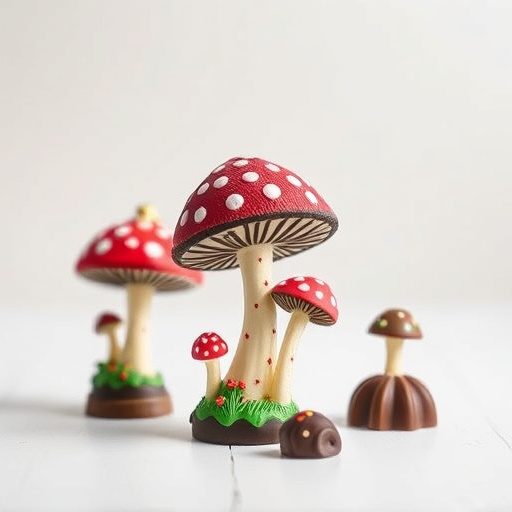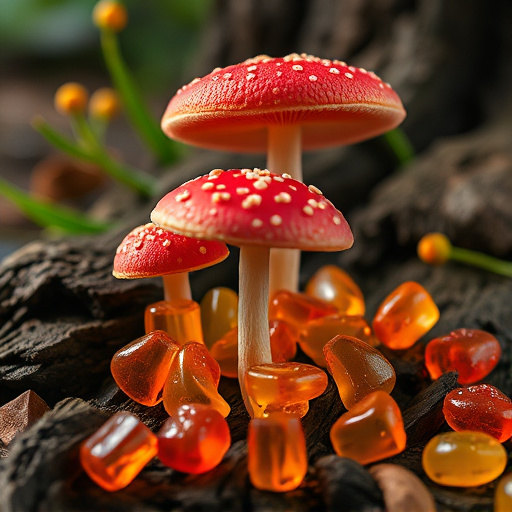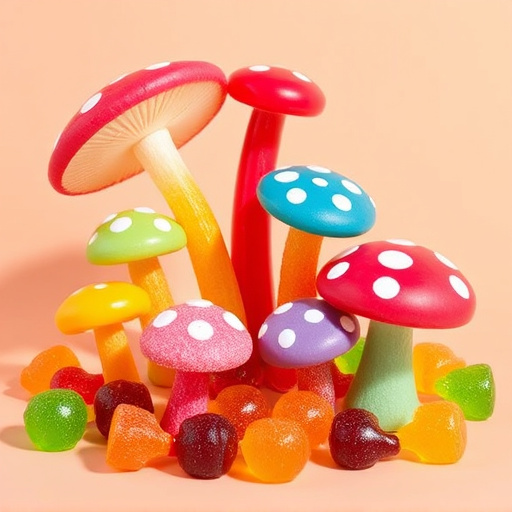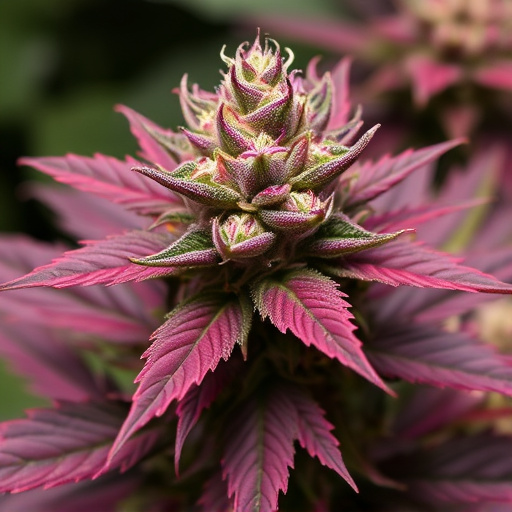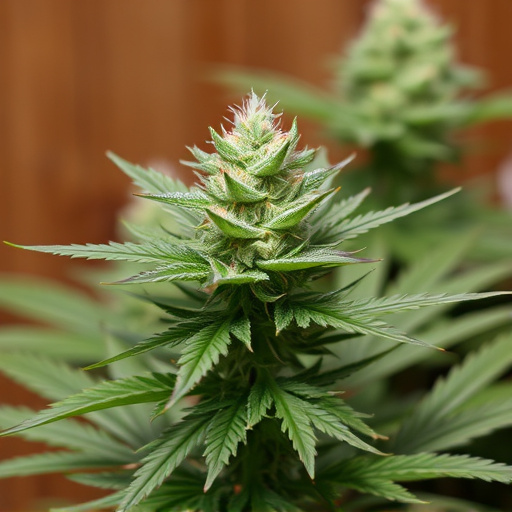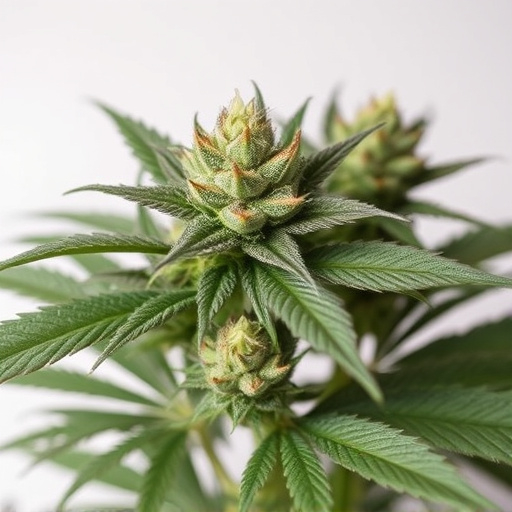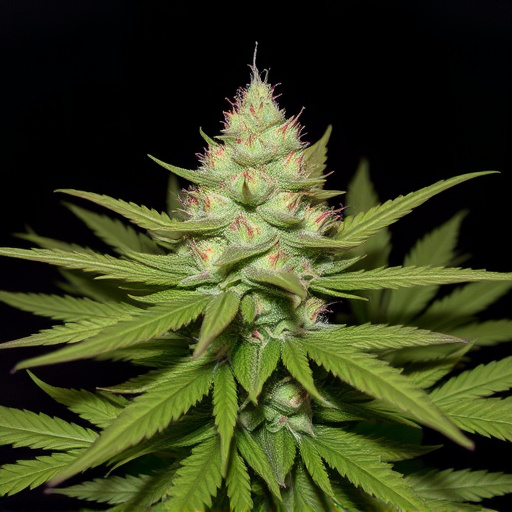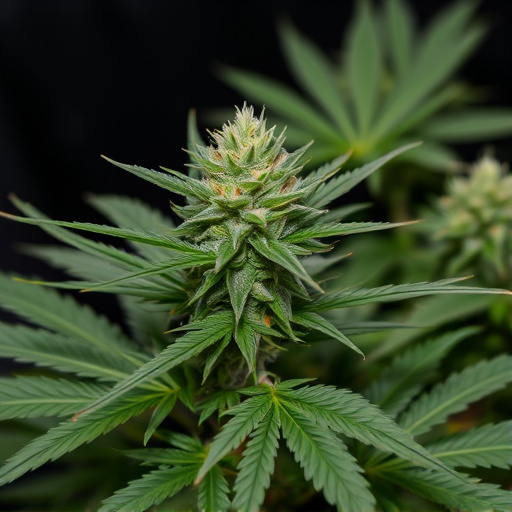High sativa strains' unique genetics dramatically affect their appearance, growth, and scent, leading to visually striking and aromatically diverse plants. Temperature control is a critical cultivation tool, enhancing visual appeal by influencing stem development, leaf thickness, and color intensity. The combination of genetic mutations, terpenes, cannabinoids, and temperature results in the vast spectrum of cannabis colors and structures sought by enthusiasts, making optimal environmental conditions essential for cultivators to produce high-quality sativa strains.
“Uncover the captivating interplay between genetics and temperature, and their profound effect on cannabis appearance. This article explores how these factors shape the visual characteristics of high sativa strains, offering a unique perspective on the diverse world of cannabis.
From the distinct traits of sativas to the art of optimizing growing conditions, we delve into the science behind these varied looks. Discover how understanding genetics and temperature can enhance your experience with these remarkable plants.”
- The Role of Genetics in Cannabis Appearance: Unlocking the Traits of High Sativa Strains
- Temperature's Impact: Optimizing Conditions for Desired Visuals
- Understanding the Science Behind Cannabis Varieties' Unique Looks
The Role of Genetics in Cannabis Appearance: Unlocking the Traits of High Sativa Strains
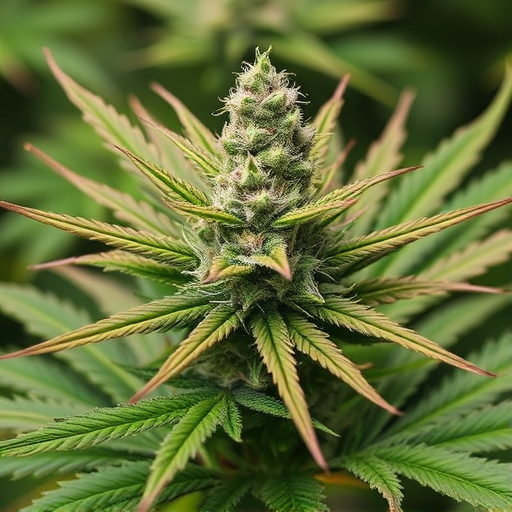
The genetics of cannabis play a pivotal role in shaping its appearance, with high sativa strains presenting unique characteristics. These strains are known for their tall, slender plants with long, thin leaves that grow in a bushy, open structure. Sativa genetics often result in faster growth rates and taller final heights compared to indica or hybrid varieties. Each strain carries distinct genetic traits, determining features like the shape of buds, density of trichomes (small glandular hairs), and overall color palette—all contributing to the visual appeal and user experience.
High sativa strains often exhibit a more pronounced aromatic profile, with floral, fruity, or citrusy notes that are highly prized among cannabis enthusiasts. Their genetic makeup influences not only their appearance but also the potency and effects, making them popular choices for those seeking energizing, uplifting experiences. Understanding the genetic foundations of these strains allows cultivators to manipulate environmental factors, such as light cycles and temperature, to unlock the full potential of high sativa plants, ultimately providing a superior cannabis experience.
Temperature's Impact: Optimizing Conditions for Desired Visuals
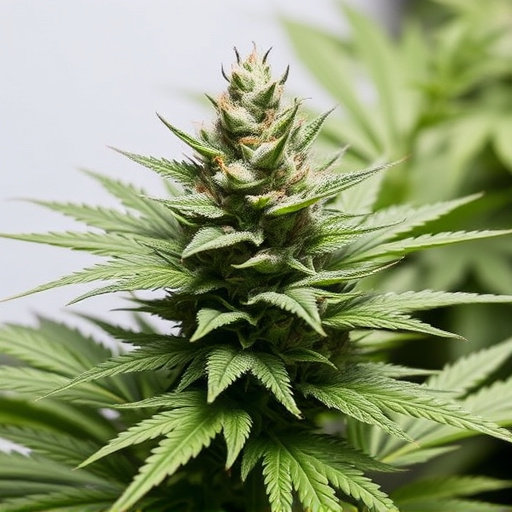
Temperature plays a significant role in shaping the visual appeal of cannabis, especially for high sativa strains known for their vibrant and distinct characteristics. In controlled environments, maintaining optimal temperature ranges can enhance the desired visual effects. For instance, warm temperatures during the vegetative stage promote robust growth and can lead to thicker stems and larger leaves, contributing to an overall more impressive plant structure.
When cultivators aim for specific visual outcomes, such as the vibrant colors and unique textures associated with high sativa strains, precise temperature control becomes crucial. Too much or too little heat can disrupt the plant’s natural development, affecting its final appearance. Therefore, monitoring and adjusting temperature settings are essential to ensure the cannabis plants reach their full visual potential, resulting in stunning displays that meet cultivators’ artistic and aesthetic goals.
Understanding the Science Behind Cannabis Varieties' Unique Looks
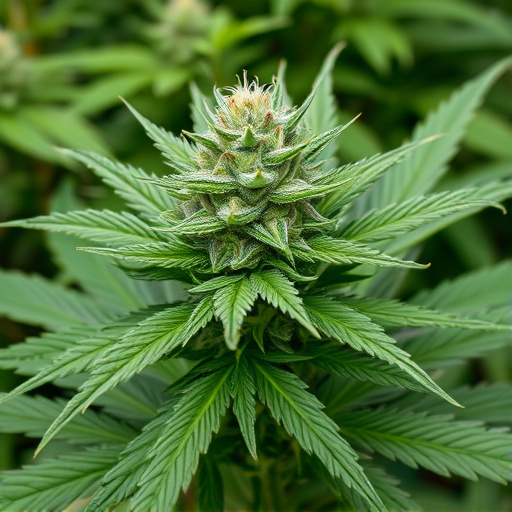
Cannabis enthusiasts often marvel at the incredible diversity in appearances among different strains, from the vibrant hues of high sativa strains to the dense nugs of Indica varieties. This striking variation isn’t merely cosmetic; it’s a result of intricate interplay between genetics and environmental factors, particularly temperature.
At the heart of this process lie genetic mutations that alter the production of terpenes and cannabinoids. Terpenes, fragrant compounds responsible for many strains’ distinct aromas, can influence both visual appeal and perceived effects. Meanwhile, cannabinoids like THC and CBD play a role in shaping plant structure and color through their impact on cell wall development and chlorophyll synthesis. Temperature, acting as another crucial variable, modulates these chemical reactions, leading to the remarkable variety of cannabis appearances we see today—from fiery oranges and reds to cool blues and purples.
In understanding how genetics and temperature interplay, cultivators can unlock the full potential of high sativa strains. By optimizing conditions, from nurturing robust plant structures to controlling environmental factors like temperature, cannabis enthusiasts can achieve visually striking varieties with unique characteristics. This scientific approach not only enhances aesthetic appeal but also contributes to a deeper appreciation of the diverse tapestry within the cannabis species.


